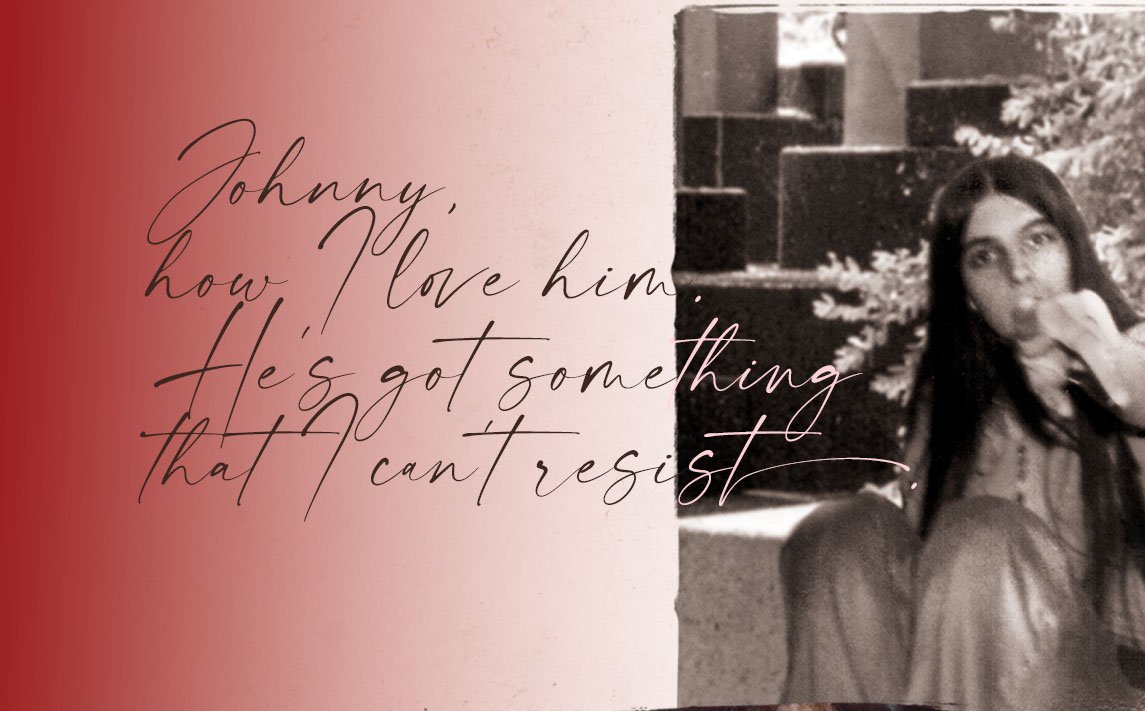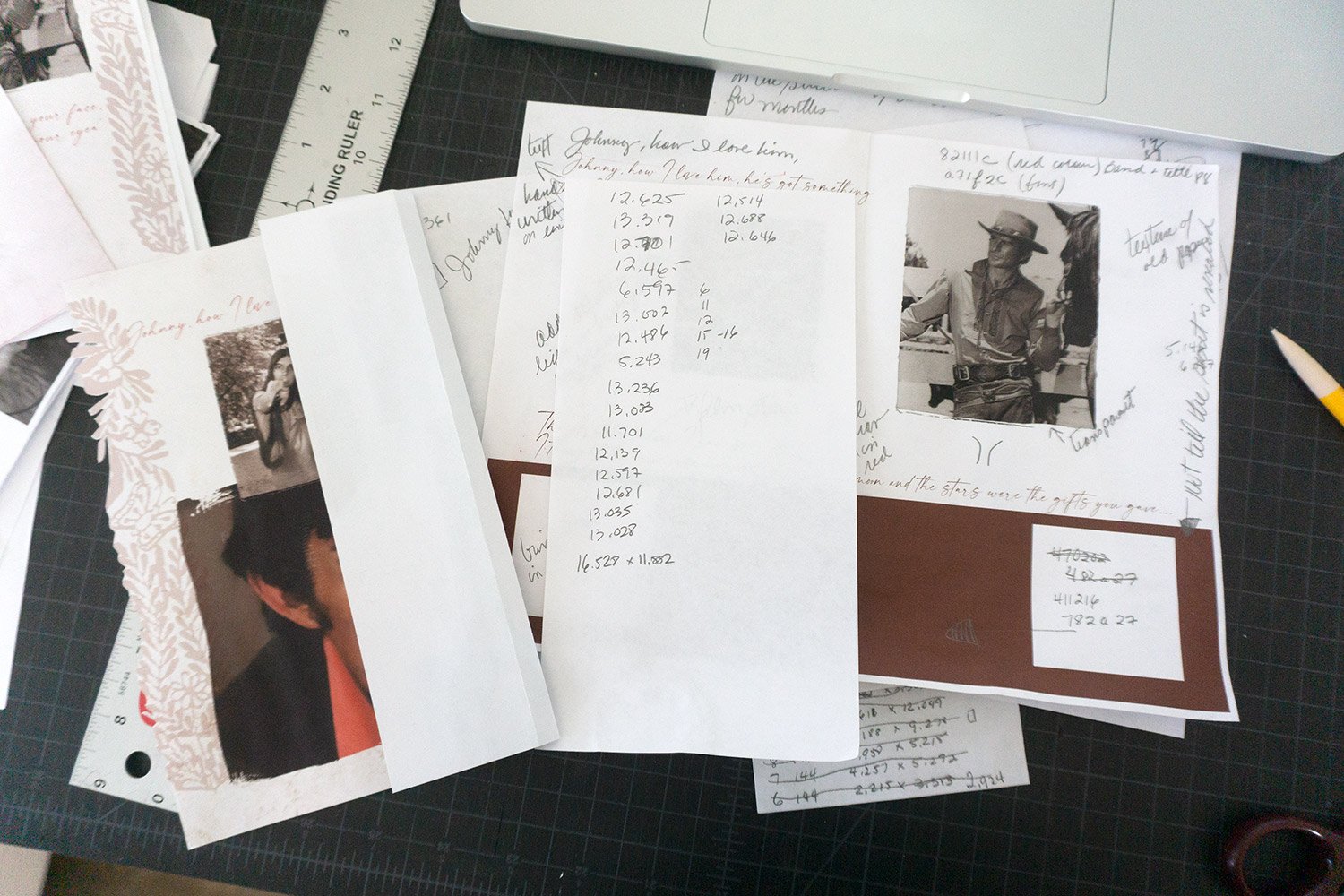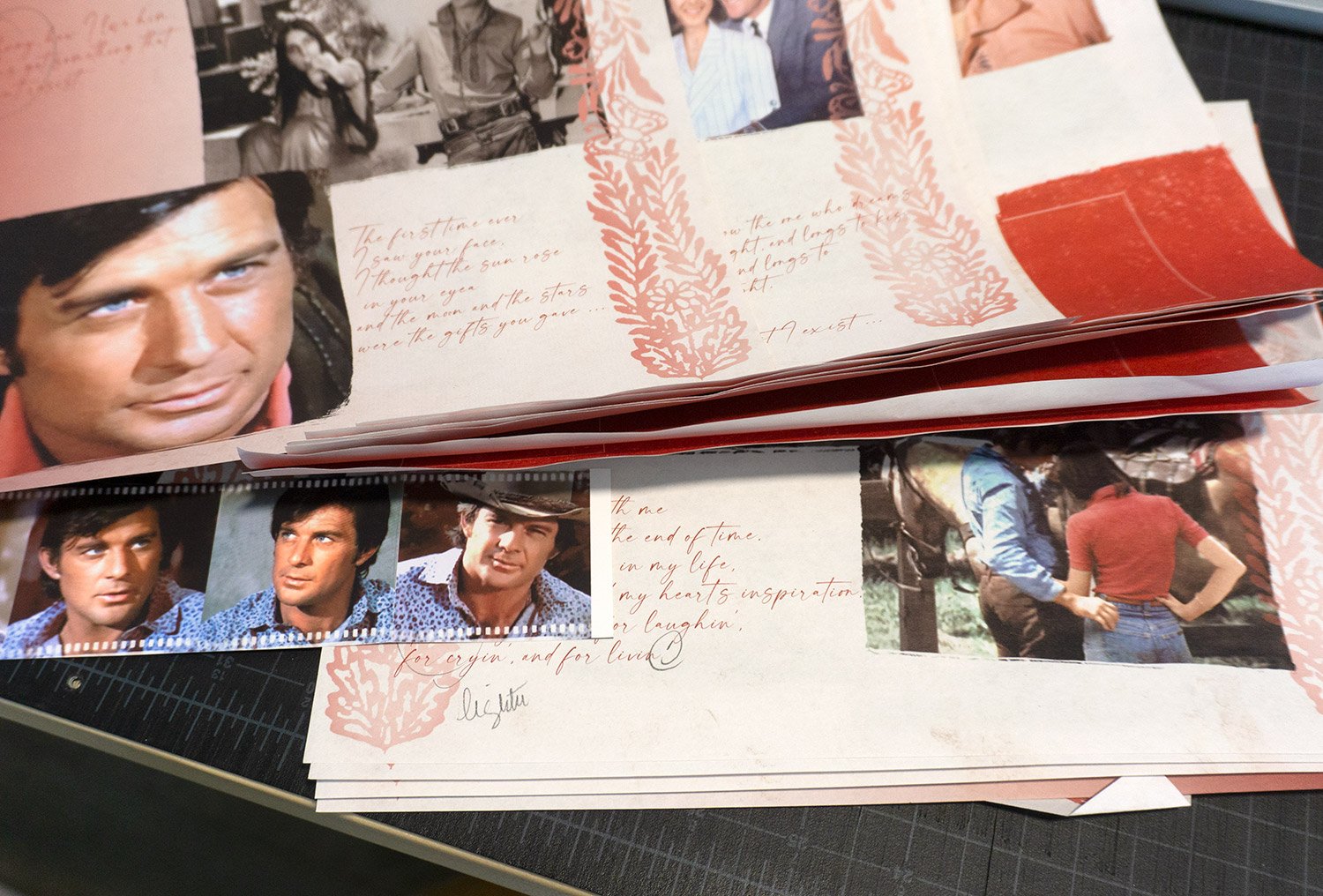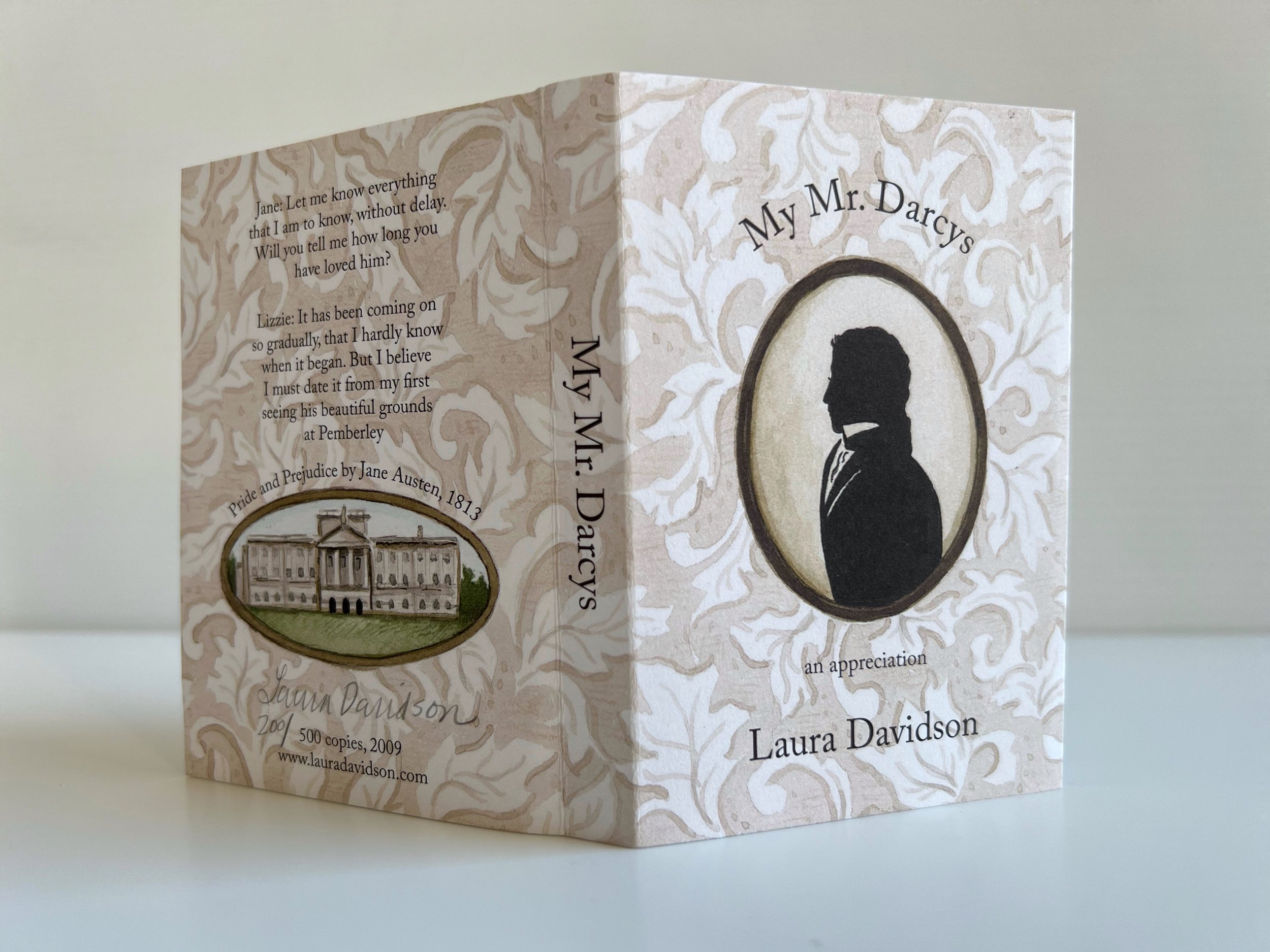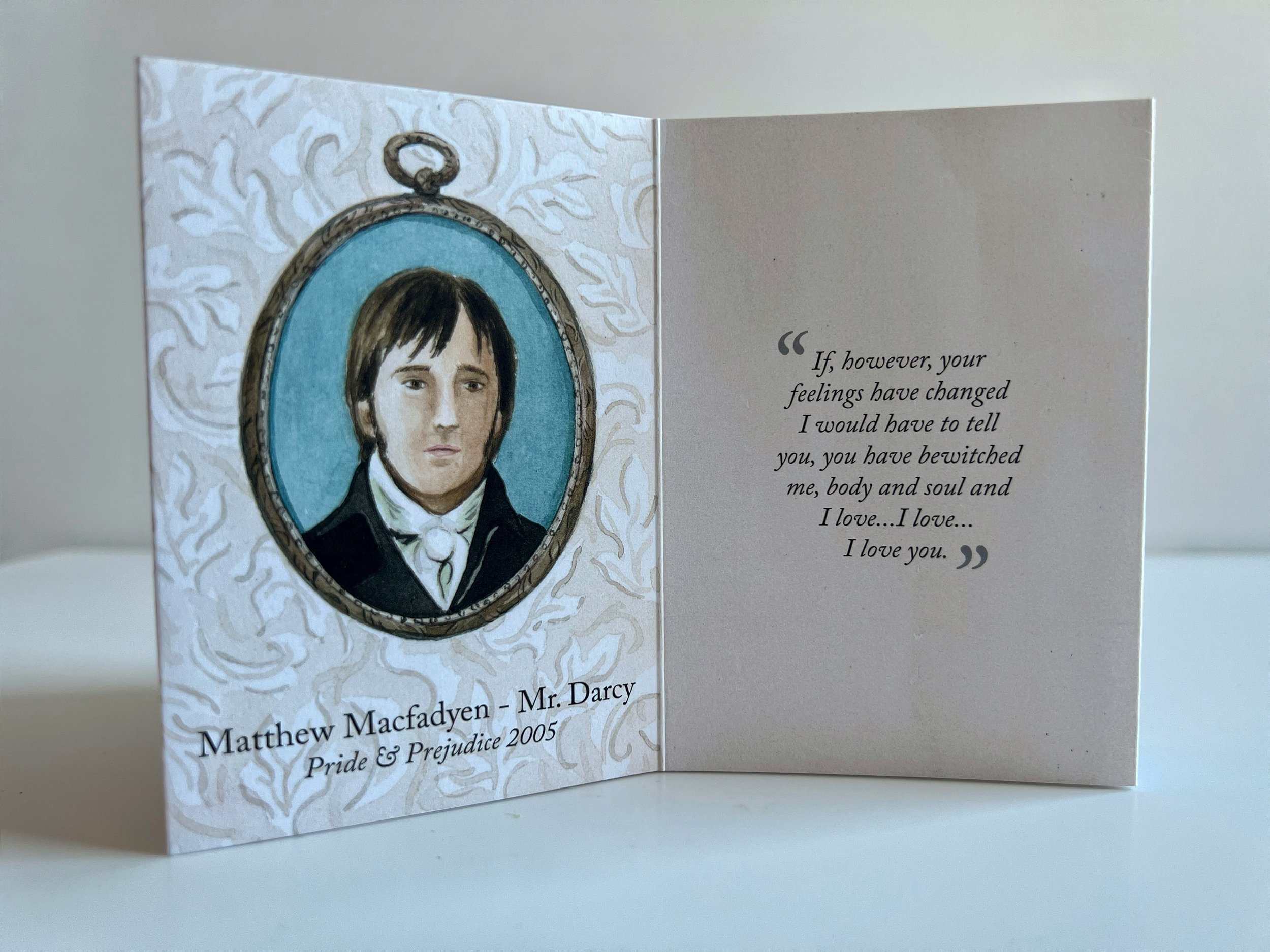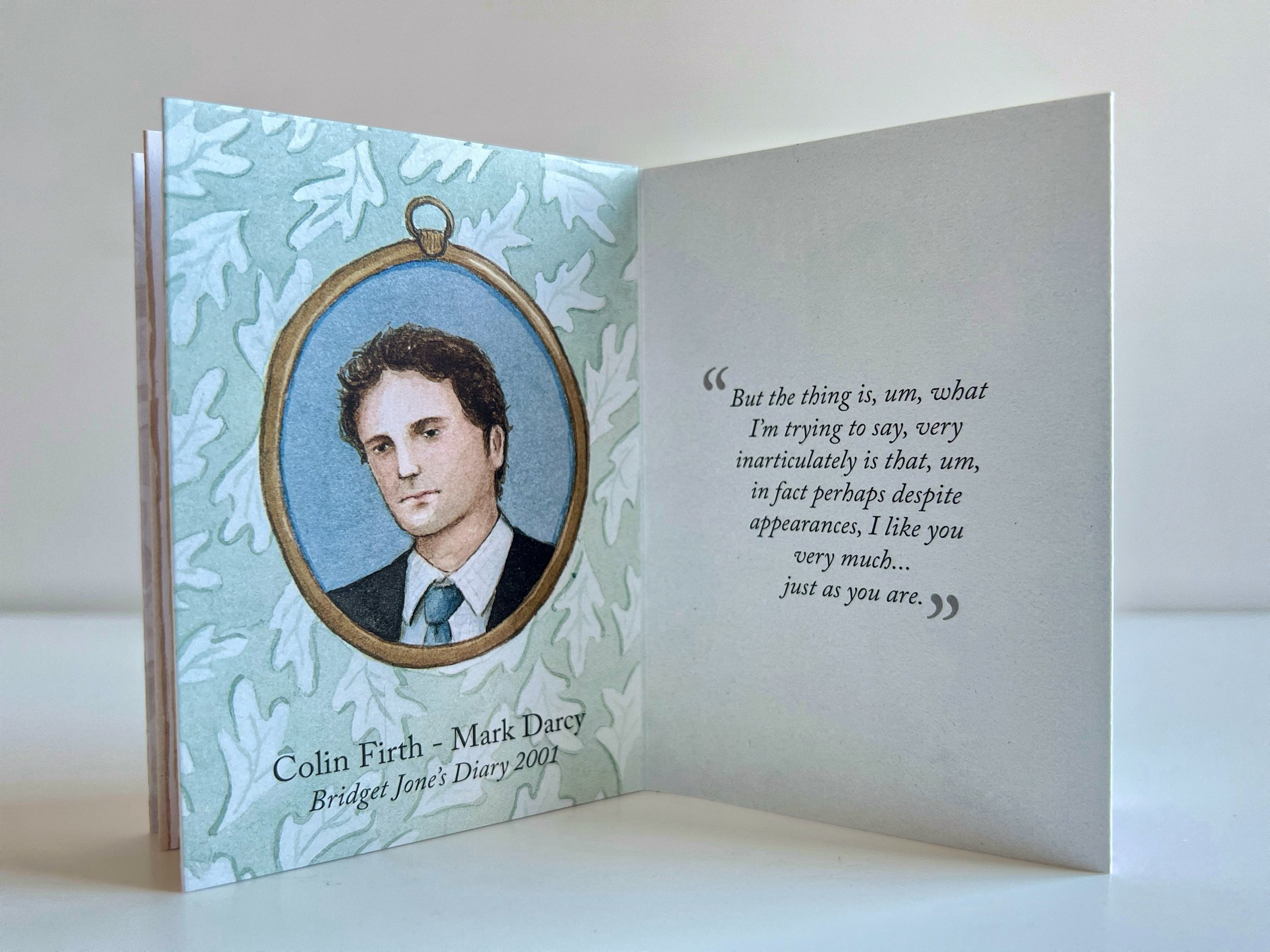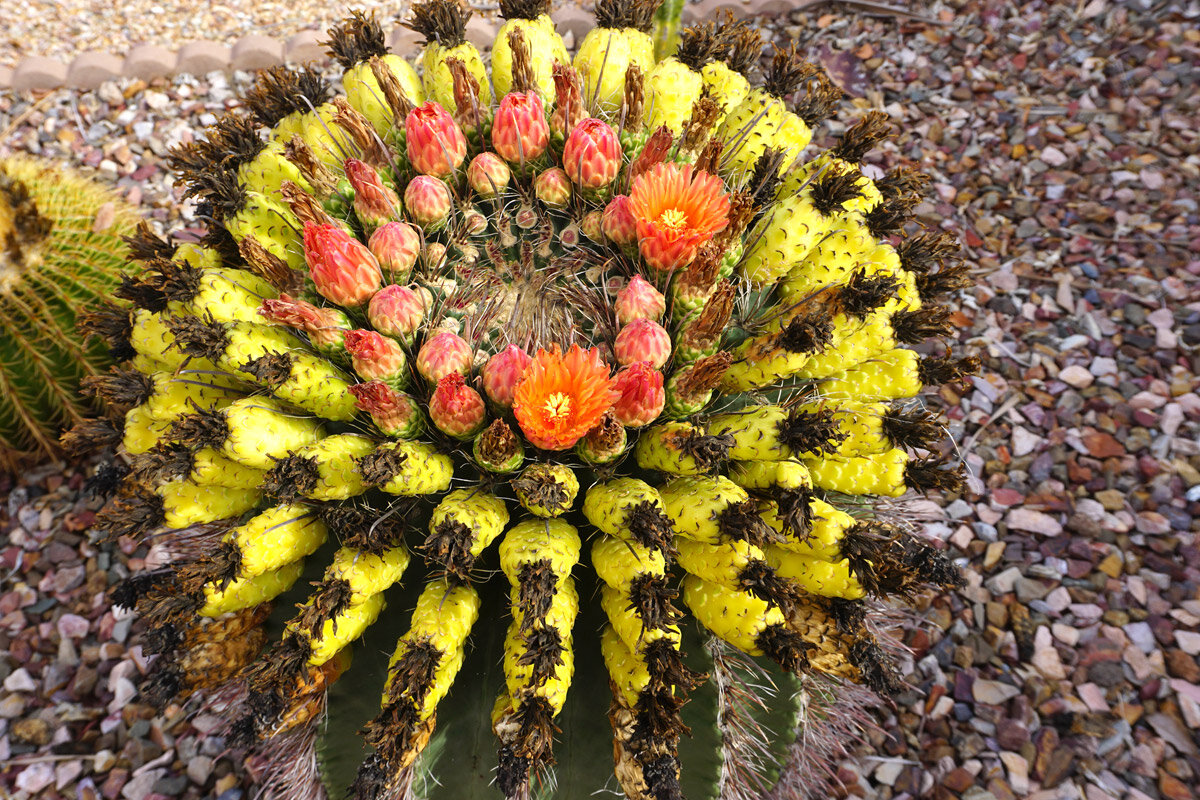“The last time I counted four projects were in the works in my mind!” Where did that moment go?
Last month, my mind was filled with options while ideas seemed to blossom in the inspiration stage. I was enthused with many new ideas… I did let the month of February buck! But as the month progressed life interrupted my work flow, and I got baffled!
« Being stuck » is part of which stage? Does « getting stuck » present itself during all stages? What does the expression « being stuck » mean and how do I change my mind set?
My thoughts/ideas have gone from exciting moments to having thoughts/ideas absorbed, and finally fade. I guess I’m at the point of saturation and not enough spark available, or in my case enough spirit to question.
Do you have moments where the fun in your work goes down the drain and your subconscious is too full. Maybe the problem lies because it’s only half full? Is this when stepping back helps the flow to re-establish itself? Or, is this your subconscious telling you to move on to another idea or theme? Maybe seeking other alternatives is the way to go.
Some ideas are worth looking at twice or maybe three times before it all comes together. How do you know how to proceed? Reviewing at this point is helpful. The biggest investigation for me is the why! Why one idea and not the next? Why am I inspired by this idea?
After working, reading, and going with the flow of life, here I am with many questions, pieces of papers with notes, open conversations, materials to explore… ah ha! my idea is still valid.
© 2022 Louise Levergneux. Point Dume, Malibu, California
I took time to relax and let my subconscious work. This gave me the opportunity to read other blog posts waiting in my email in-basket.
Guylaine Couture’s blog post gave me a push. Being interested in the creative process at the moment, Guylaine’s introduction to a book entitled The Shape of Ideas: An Illustrated Exploration of Creativity by Grant Snider was exhilarating! Merci, Guylaine !
© 2023 Grant Snider
Here I go again as I continue my research for words/text and test different page layouts for Incognito. Yes stepping back can unblock creativity.








